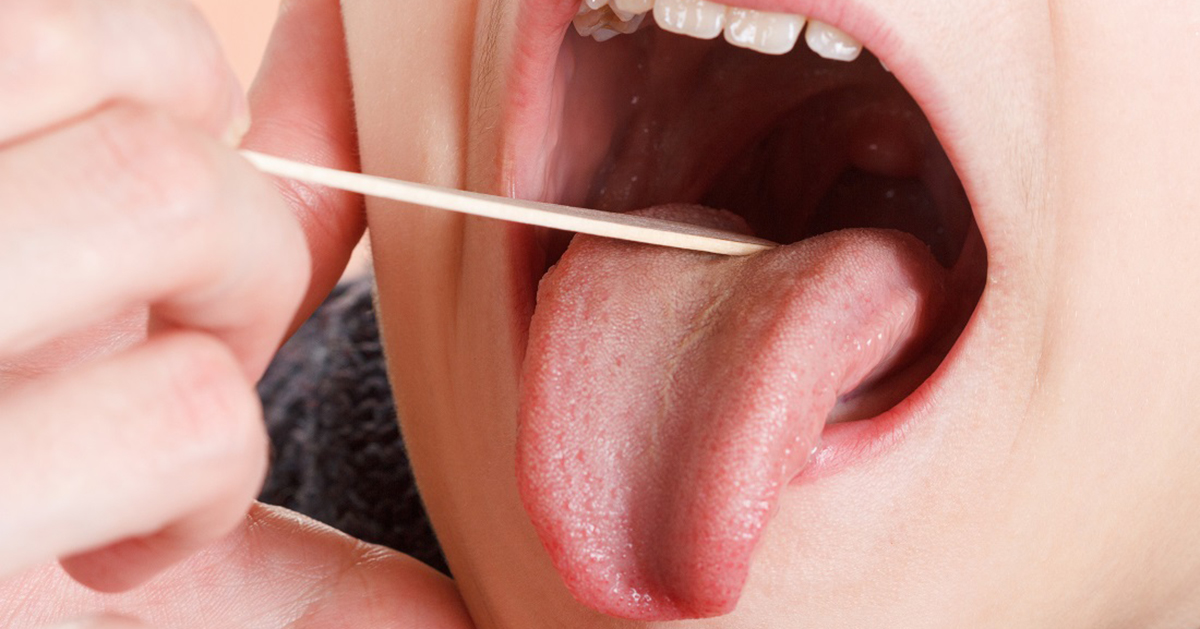Symptoms Of Leukoplakia To Watch Out For
In its most recognized form, leukoplakia is a gray or white patch that develops on an individual's tongue, the floor of their mouth, or the inside of their cheek. It occurs when the mouth reacts to chronic irritation of its mucous membranes. Leukoplakia has also been known to develop on female genitalia, but there is no known cause for this. Though leukoplakia patches might occur at any point, they're most commonly seen in seniors. Hairy leukoplakia is a non-standard leukoplakia form caused by the Epstein-Barr virus as well. This particular form of leukoplakia presents as white and fuzzy patches on the tongue, and occasionally other portions of the mouth. These are the main symptoms of leukoplakia to be on the lookout for.
White Or Grey Patches
Leukoplakia patients tend to present with white or gray patches on various areas of the mouth. The patch or patches tend to develop in a slow progression over weeks or months and also have a thick and slightly raised texture. Eventually, they might become rough and hardened. Usually, leukoplakia is painless, but you might experience increased sensitivity to spicy foods, heat, touch, and other irritants.
The first person who will suspect leukoplakia tends to be dentists. However, in most cases, they'll take a biopsy to rule out serious causes like oral cancer. It's important to consult your dentist if you notice patches in your mouth, to ensure you don't have a more severe disease. Biopsies are conducted by removing small portions of the tissue from the patch and examining them in a lab.
Continue reading to reveal more symptoms of leukoplakia now.
Red Spots

Red spots do occasionally occur in leukoplakia patients, but this symptom is exceedingly rare. If you have the aforementioned gray and white patches along with redness, it's important to contact a health professional as soon as possible, as red spots could be a sign of oral cancer. Patches with redness are a much greater cause for concern than patches without them.
Leukoplakia is most commonly seen in smokers, and the same is true of the redness. However, smokers are also more likely to develop cancer, so this shouldn't be considered a mild symptom if you smoke. You might even see redness if you're dealing with any inflammation or long-term alcohol use that causes irritation. Alternatively, frequent injuries to your mouth caused by biting your lips or cheek might present with redness.
Keep reading for more on the different symptoms of leukoplakia.
